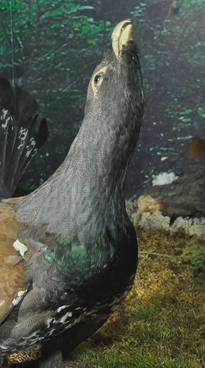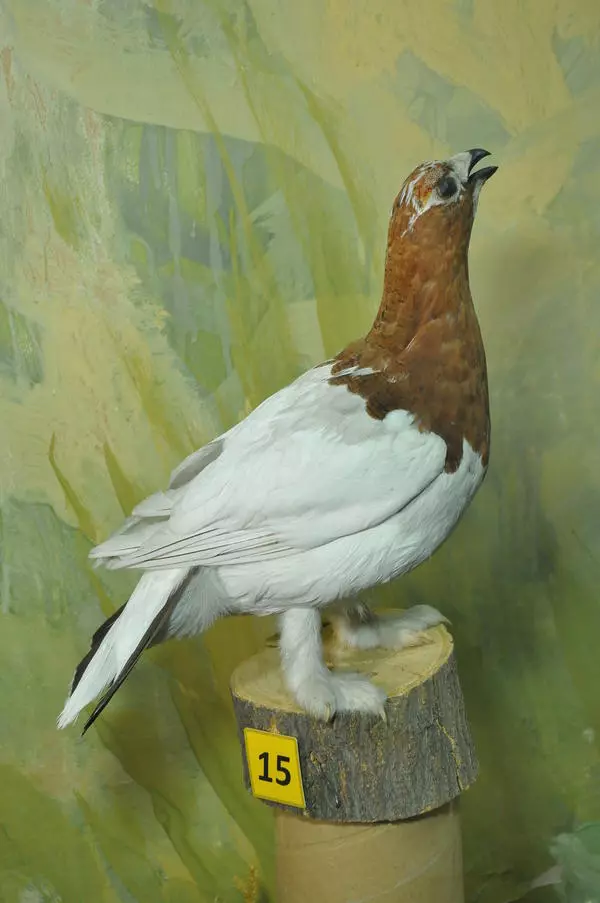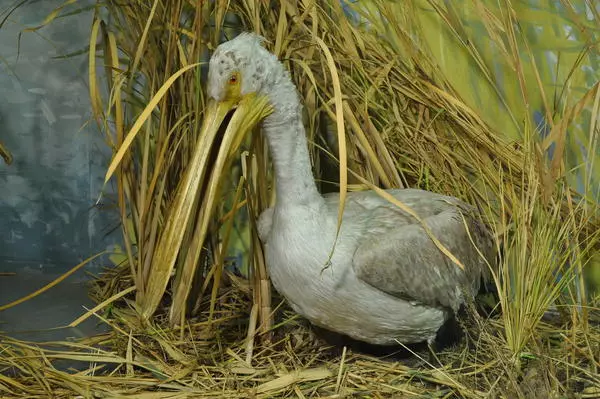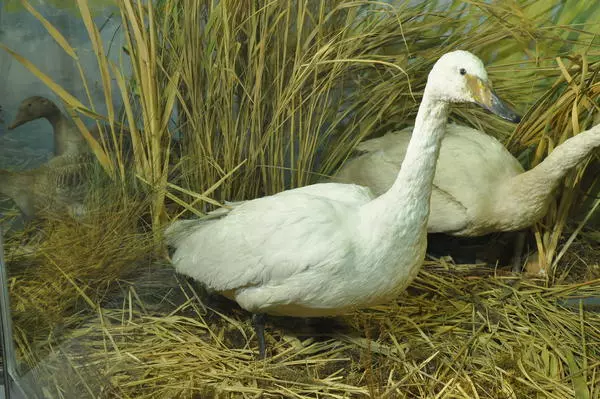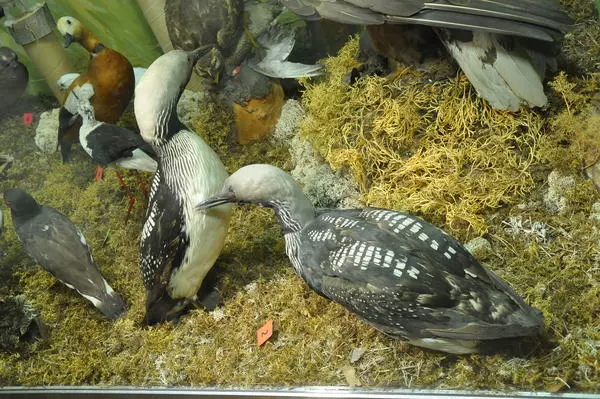The hazel grouse is the smallest member of the Tetroanidae family, much smaller than the blackcock. It is a small bird the size of a jackdaw with a disproportionately small head and a short beak. The length of an adult bird with a tail is 35-37 centimeters, and the weight is 305-580 grams. Its weight varies considerably by season, reaching its maximum in late autumn and early winter. The hazel grouse lose a lot of weight during the cold season, and get much lighter in April and May.
The bird got its name: Ryabchick (from the Russian – ‘spotted’) because of its colored, spotted plumage. It is hard to mistake if for any other grouse in the forest. Grey, reddish and white colours prevail in the hazel grouse appearance. Males and females are similar in size and color, but the male has a black neck spot and a clear gray back.
The hazel grouse are sedentary birds; they usually live in the near-brooks and riverside mixed forests covered with wind-felled trees. They do not settle in isolated forest islands and they do not leave large forest areas. Hazel grouse are rare even on meadows. When frightened, they fly into the thicket and never rise above the forest canopy.
These birds are quite silent. Their main voice signal is a long and very thin whistle, which is comparable only to the singing of a yellow-browed warbler, a gold-crested wren and a common penduline tit. This whistle, consisting of two long and a few short sounds, can be heard from a distance of up to 100 meters in the quiet weather.
In summer, hazel grouse eat greens, buds, flowers and berries. They and especially their hatchlings, eat many insects and other terrestrial invertebrates at this time. In winter the hazel grouse have to settle for coarse and not very nutritious plant food - buds and catkins of birch, aspen, alder and some other trees. When there is snow cover, the birds dig into the snow, spending the night and the coldest hours of the day there.
Most of the time hazel grouse sit on the ground. When a human approaches, they try to hide or lay low as quickly as possible. Caught off guard, the birds fly away and sit on a branch of a coniferous tree close to the trunk, trying to merge with it. The hazel grouse are often hunted - and although they become more cautious, their numbers are declining.
